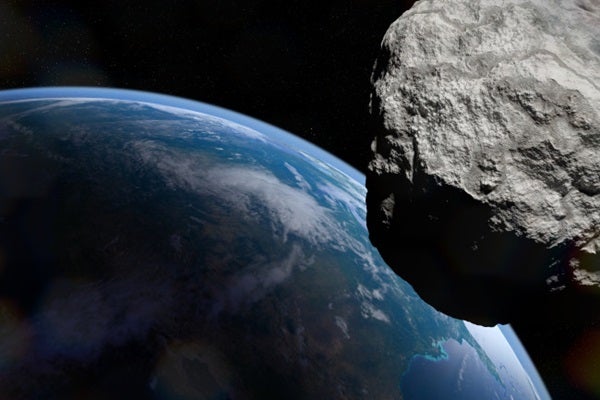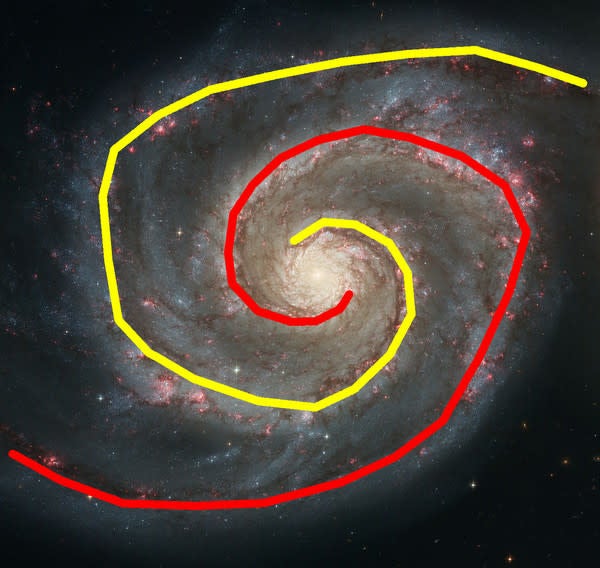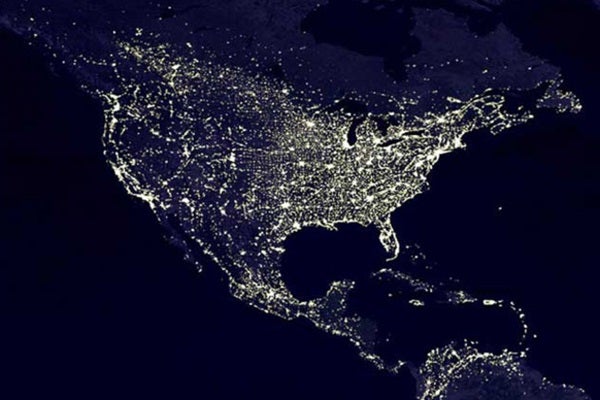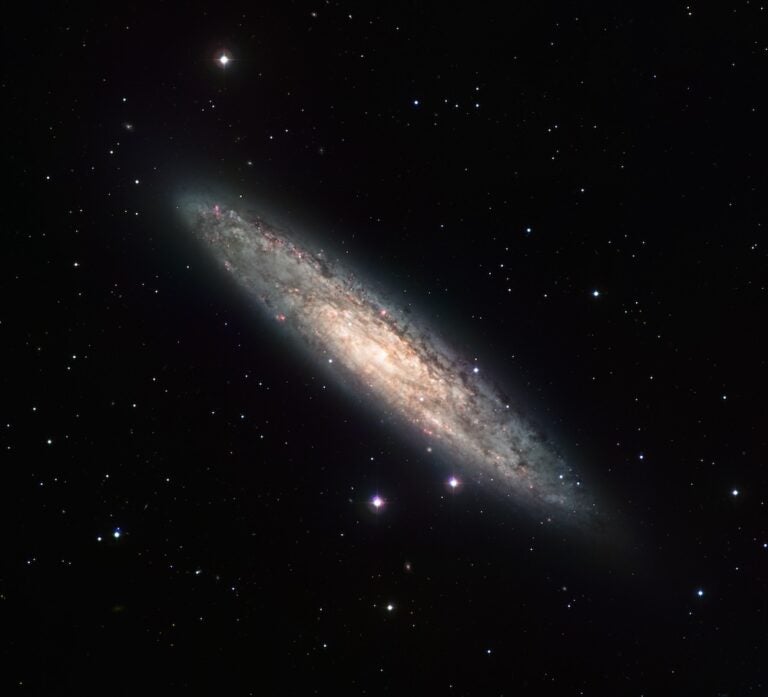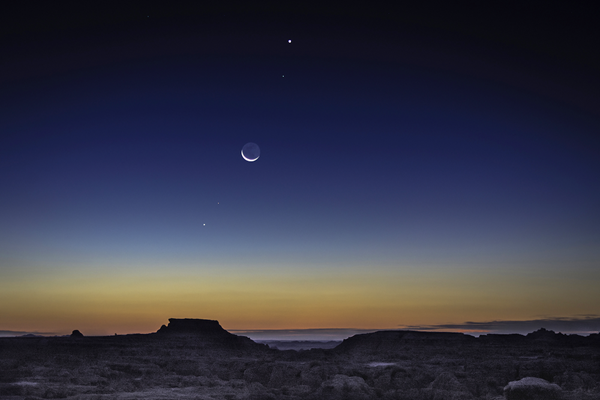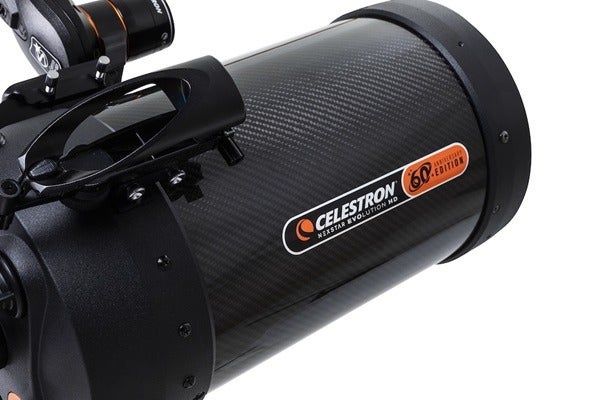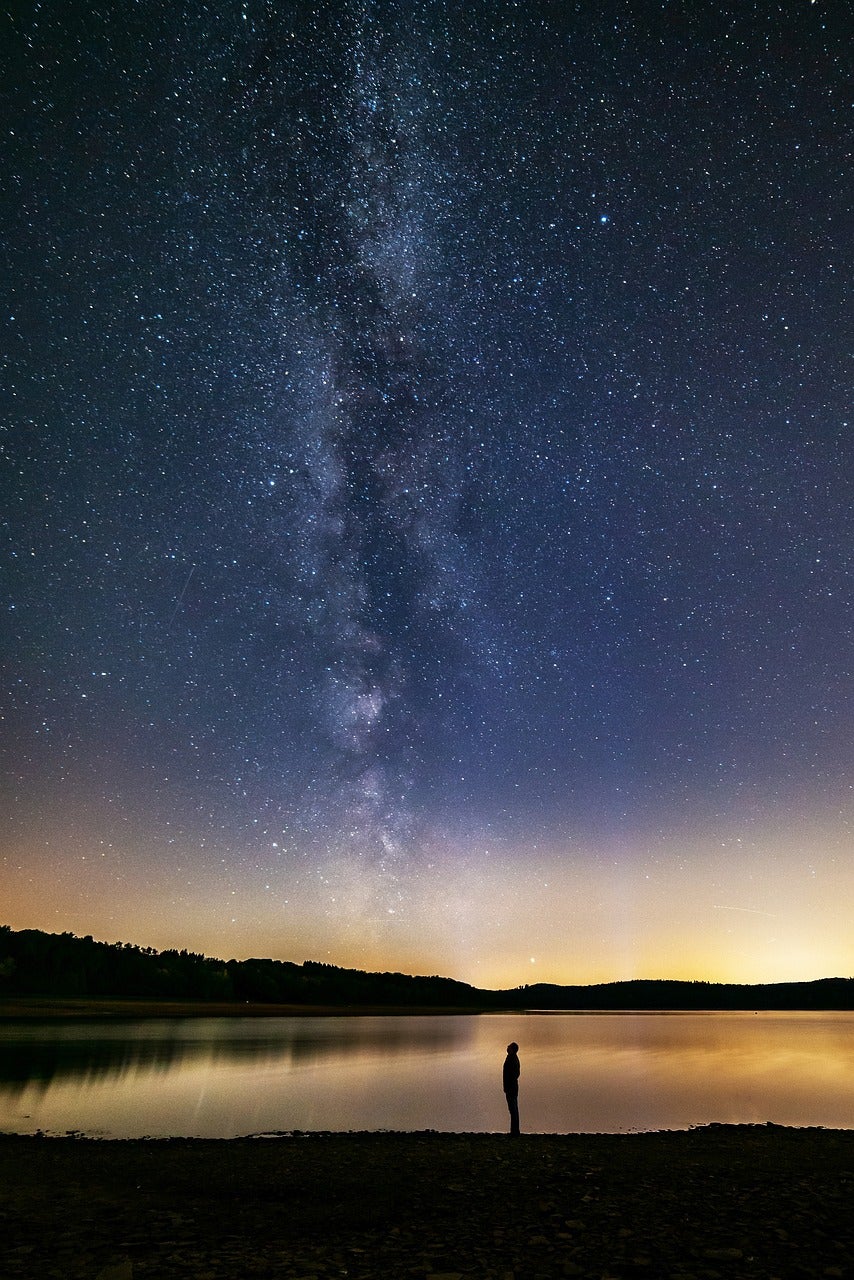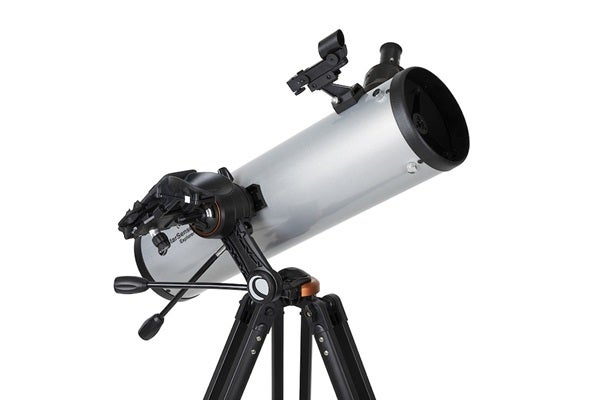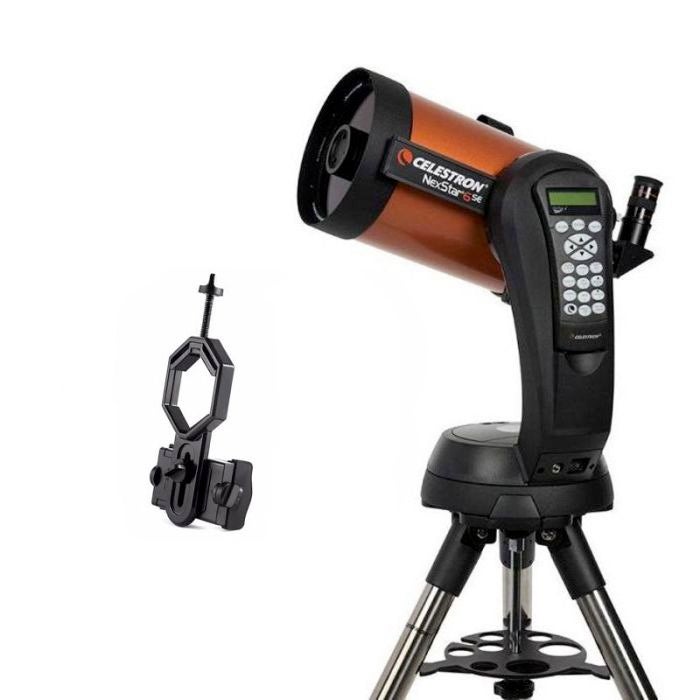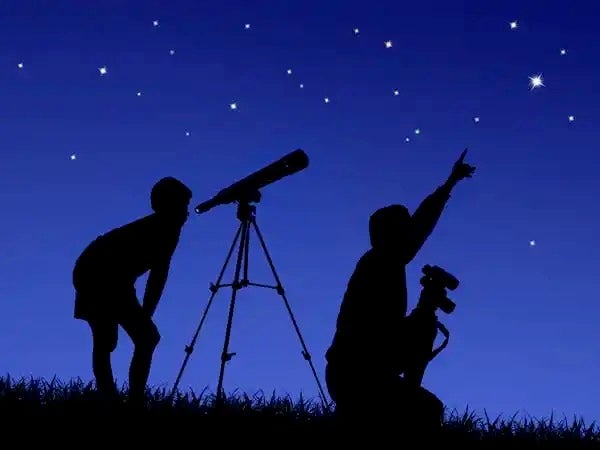Backyard Worlds: Planet Nine
What mysteries await in the outer reaches of our solar system, beyond Neptune? Undiscovered planets? Dwarf stars? Swarms of lost socks? Scientists need your help to find out! You’ll run your eyeballs over telescope images to spot potential new discoveries.
Satellite Streak Watcher
You and your cell phone can help NASA scientists by photographing the paths of satellites in Earth orbit. These spacecraft are accumulating and cluttering things up for scientists trying to see into space. Your contributions will help them track this growing problem.
Onward Into the Tomatosphere!
If you take some tomato seeds, expose them to the conditions of outer space, and then plant them, what will happen? With Tomatosphere, it’s your job to find out! The project staff provides the treated seeds, and you grow them, make observations and collect data. Tomatosphere is available to students in grades 3 through 10 in the US and Canada.
Target Asteroids!
NASA’s OSIRIS-REx spacecraft made news recently by visiting asteroid Bennu. Now they’re looking for more asteroid travel destinations and, if you have an 8″ or larger telescope and a CCD camera, you can help. There are over a million asteroids with a diameter of more than half a mile (1 kilometer), and by joining Target Asteroids!, you’ll check them out and help NASA plan future missions.
Spiral Graph
Even if you can barely identify the Big Dipper, your amazing human brain can ID properties of galaxies that baffle even the most powerful computers. That’s why the Spiral Graph Project needs your help. You’ll measure how tightly wrapped spiral arms are in galaxies and identify interesting candidates for future, detailed telescope observations.
Globe at Night
If you can go outside at night and look up, you have what it takes to participate in Globe at Night, a project that’s monitoring light pollution. Your job is to compare the stars you can see in various constellations to star charts provided by Globe at Night. Send that info, plus your location, and the Globe at Night researchers will compare what you saw with what you should be able to see.
Take Part: Join the Globe at Night Project
You can find more citizen science projects at SciStarter.org.
Citizen Science Salon is a partnership between Discover and SciStarter.org.





